The first gasoline car was made in 1886. It was a German Benz model No. 1. Its appearance, in the photos that can be found online, leaves no doubts about its age: with its three wheels, its front rudder, its engine in the rear, with all the valves, compartments and guts on display.
If today someone who had only known that car stopped on the road and came across a driverless Tesla, they would probably end up losing their minds. It is understandable, because, since the 19th century, cars, keeping up with the pace of technology, have changed radically. Now it seems that history is about to open a new chapter and it is likely that it will be thanks to artificial intelligence.
For years now, some vehicles that use simple artificial intelligence to carry out some of their tasks have been circulating on the roads. The future of cars based on more advanced AI could be worthy of a science fiction movie. One with robots, self-driving cars and thinking machines.
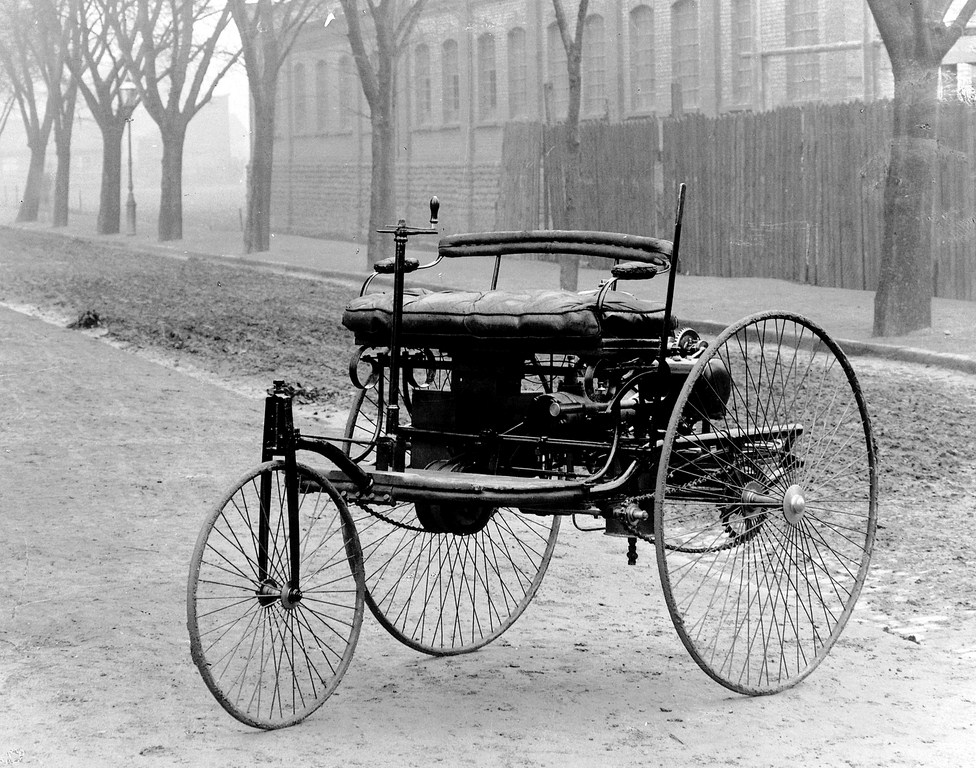
The first automobile made by Karl Benz in 1885. Via Wikimedia Commons
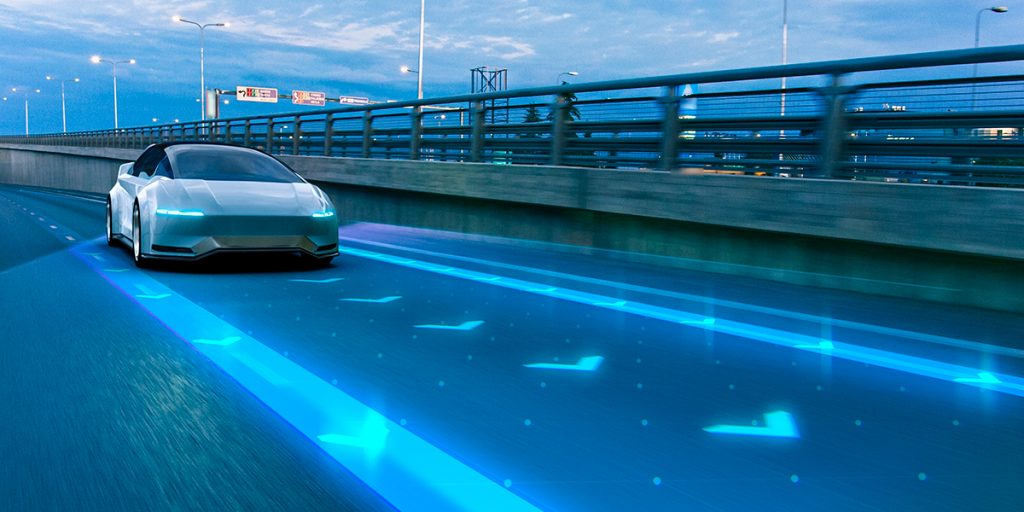
Artificial intelligence on the roads in 2023
The automotive industry is committed to the adoption of intelligent machines. Between 2014 and 2022, car manufacturers invested more than €9,000 million in start-ups that developed artificial intelligence projects. Technology could transform the industry, because its usefulness is not limited to the vehicles and the experience behind the wheel, but extends throughout the entire value proposition, from the design table to the journeys on board the vehicle, and even the assembly lines.
Currently, the artificial intelligence systems that are already present in some vehicles do not give an accurate idea of the potential of this technology. These are simple models, without the ability to learn or evolve on what has been learned, but sufficiently advanced to recognize the environment, read traffic signs and pavement markings, and identify vehicles and pedestrians. But they do little more.
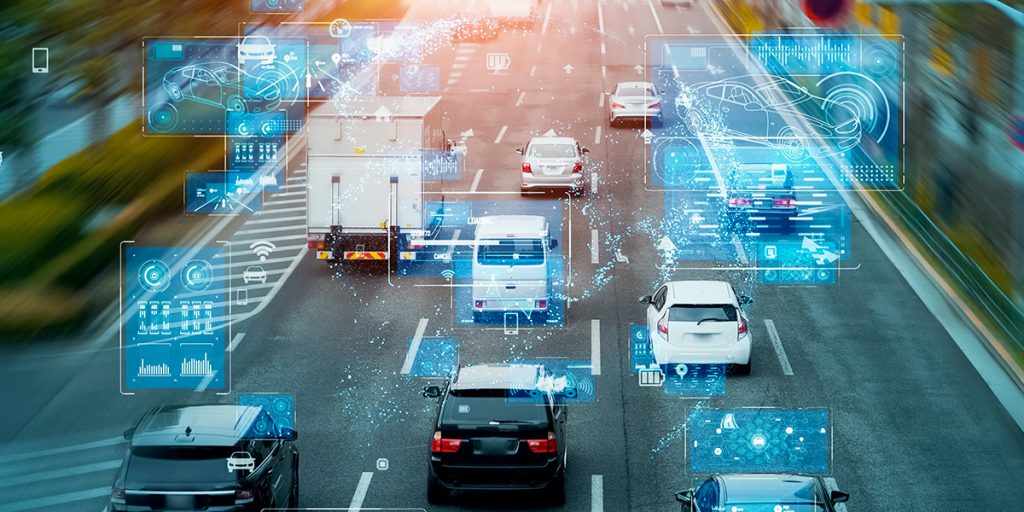
Today’s car: a data mine
The reality is that road vehicles in 2023 already have functionalities from which artificial intelligence systems could benefit tremendously. Cars, trucks, and vans have long been equipped with complex sensor systems that collect information each time they are started. This information, captured and integrated with that of the rest of the millions of vehicles that circulate around the world, could serve to improve the experience on the road.
Today’s vehicles are equipped with more than 70 sensors dedicated to measuring, managing, and recording various aspects of vehicle operation, usage, and condition. Thus, to the sensors that are under the hood —controlling things such as the temperature, to keep the car from catching fire—, other types of information-collection devices are added that record the environment and the elements surrounding the vehicle in detail. This is the case, for example, of GPS systems, which allow the car to find its way geographically and also offer a view of the entire geography around it. But also LiDar scanners, capable of producing an accurate model of everything that is close to the car by emitting light waves and measuring the time they take to bounce back from other surfaces.
An artificial intelligence capable of combining all that information and learning from it, and adapting to the variables it draws, could drastically change the experience of getting into or driving a car. Simplify it. And also make it much safer.
In pursuit of road safety, artificial intelligence is applied by advanced driving assistance systems (ADAS), which combine AI with car electronics to increase safety. Automatic braking, collision avoidance and cruise controls are examples of systems that could improve passenger safety exponentially thanks to the combination of AI with the data generated by the millions of people who get behind the wheel every day.
Because AIs have tremendous potential to make us better drivers or, at the very least, make us less fallible. The quality of the decisions of a machine with the cumulative experiences of millions of drivers would far surpass that of the best driver on the planet. And, in addition, it would completely eliminate all failures caused by human error.
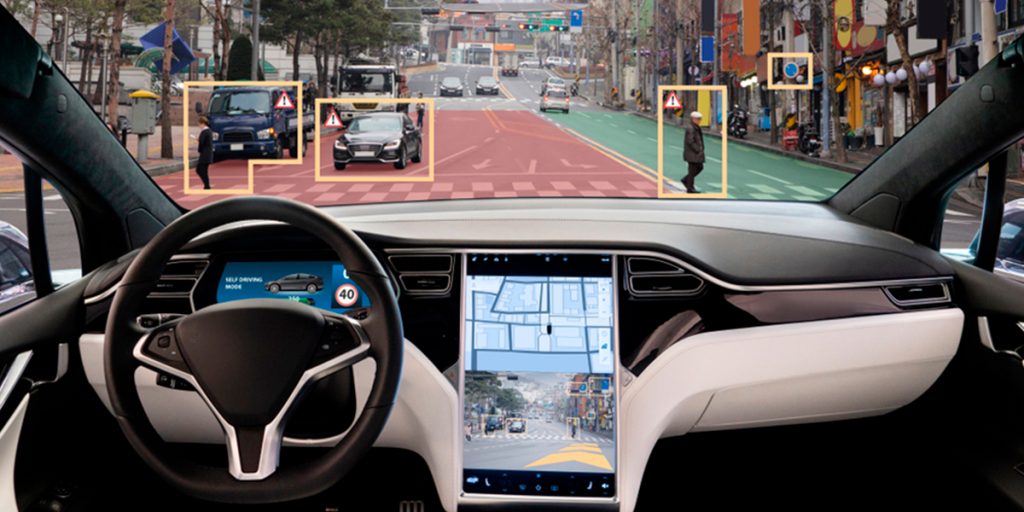
What we think of AI

All in all, there is still a long way to go before AIs dominate the roads. It is not just a question of technology or guarantees. The massive adoption of artificial intelligence will also require humans to get used to having a machine decide for us. Or to drive our vehicles without our intervention. At the moment, according to PewResearch data in the US, more than 40% of those interviewed said that they believed that autonomous cars were a bad idea, and 29% that they were not sure.
Another survey, this one from the International Economic Forum in 2022, revealed that only 50% of those surveyed trusted companies that develop artificial intelligence as much as they trusted other companies. At the same time, 39% said that products and services that use artificial intelligence make them nervous.
Between 2014 and 2022, car manufacturers invested more than €9,000 million in start-ups that developed artificial intelligence projects
Cars in a world of artificial intelligence
Vehicles that use simple artificial intelligence to carry out some of their tasks have been circulating on the roads for years. But the future of cars using more advanced AI could be worthy of a science fiction movie
It is the latest advances in artificial intelligence that could propel cars into the future. The latest news suggests that we could benefit from general artificial intelligences —those that can reason and learn in a similar way to a person— sooner than expected. These future models are the ones that could serve as a push for innovation in the automotive industry.
For starters, the evolution of technology could eventually lead to the advent of autonomous vehicles. In fact, if they are not yet widely adopted, it is because there are no guarantees that, when making certain decisions, AIs will be able to make the right one. But by the time the machines offer that guarantee, it could become increasingly common to see cars driving themselves.
Yes, one of the biggest advantages of smart vehicles is that they can drive themselves. But at the same time, even for those who prefer to continue driving, AI could offer improvements to their experience. It could, for example, be trained with traffic data and maneuvers, and then used to assist us while driving. Or help us choose the car’s operating mode that can best handle challenging weather: turn on the fog lights when visibility is poor, the windshield wipers when it rains, or the traction control system when there is ice on the road.
Furthermore, driving is not the only thing that cars equipped with a general AI could do autonomously. Another example would be the environmental advantages that the presence of more advanced artificial intelligence on the roads could bring. Thus, a model with the explicit objective of reducing emissions might decide that, at a given moment, a reduction in speed could lead to less fuel or energy consumption. Or that the regulation of the car’s temperature could result in the minimization of energy waste. Or that using a different gear might encourage a more sustainable driving style. The impact of AI could be very beneficial when it comes to saving and effectively managing the energy consumption of vehicles; those benefits generated by using applications in everything that has to do with increasing the efficiency of vehicles and therefore, with their use of energy.
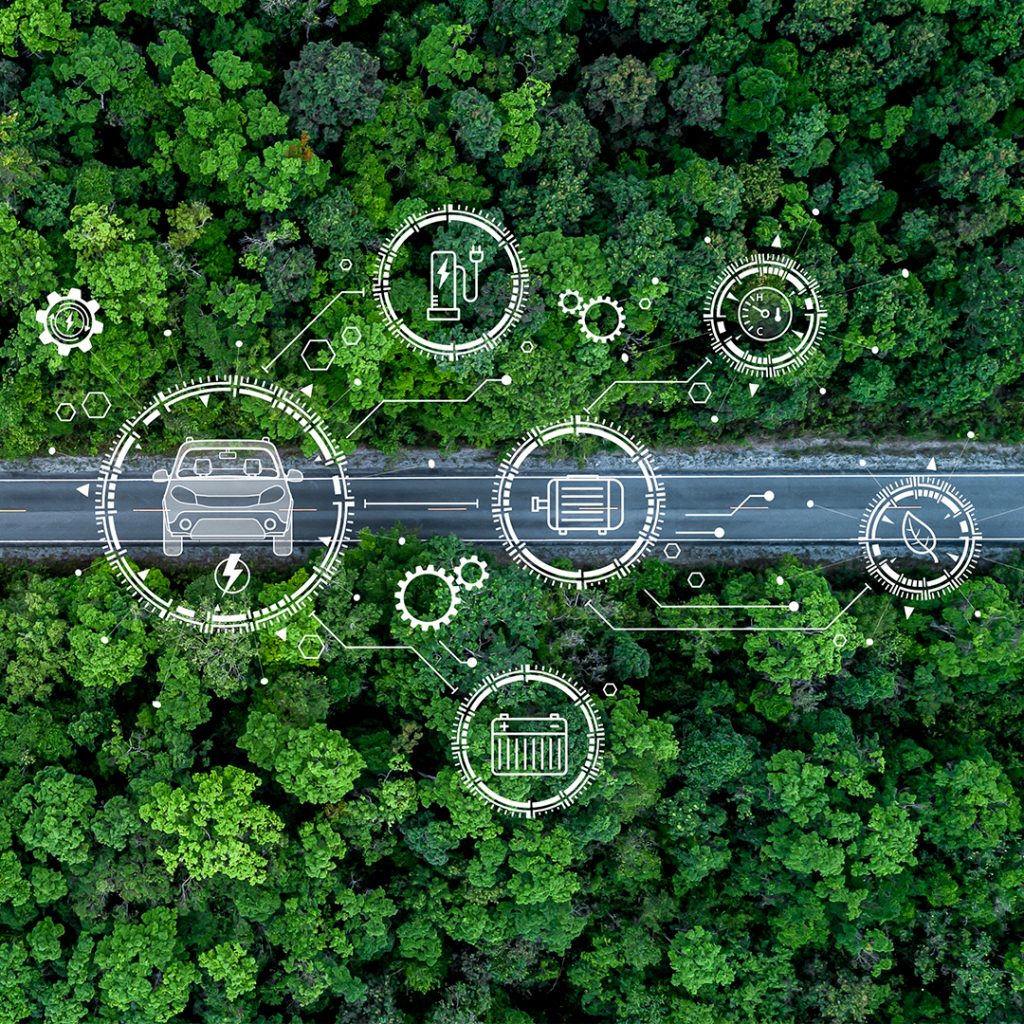
In the future, moreover, several vehicles equipped with artificial intelligence will be able, at any given moment, to coordinate with one another while driving on the road, as well as being in contact with the on-board computers of other vehicles. This could serve to improve traffic flow, it would prevent traffic jams, accidents and could even make the difference between detecting a breakdown before it occurs and being stranded in the middle of nowhere.
Finally, AI could free us from one of the biggest ‘nightmares’ that humanity has known throughout its existence: parking. And not only that. Because what about the possibility of having a vehicle that not only parks itself, but one that you can leave on the street at any time with the instruction to find a space and park. That’s a dream that might even make all this AI stuff worth it.
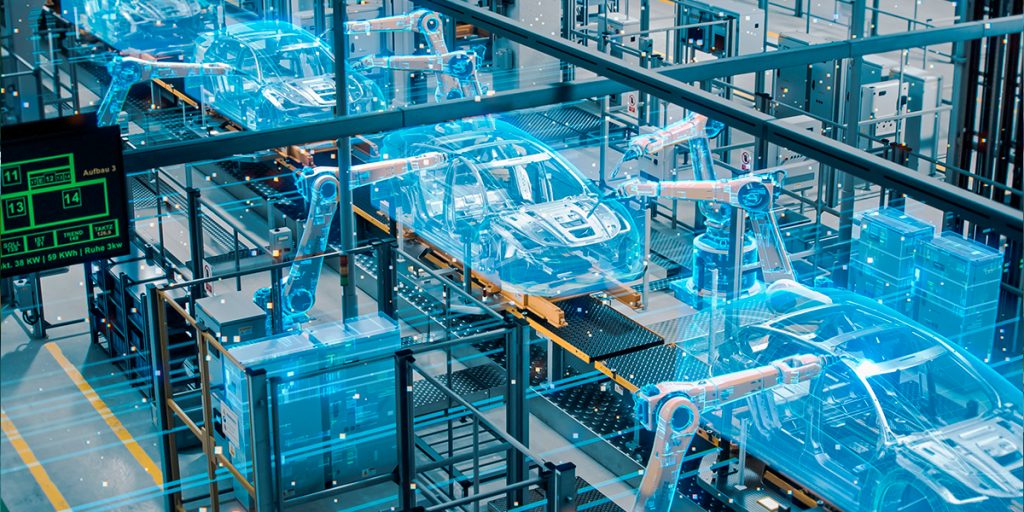
AI will enter the assembly line
Beyond the benefits of implementing artificial intelligence on board vehicles, the advantages of using AI could extend to vehicle assembly lines. Through the combination of robotics and artificial intelligence, the future of assembling cars and trucks (as well as many other objects) is likely shaped by assembly lines without humans. Instead, mechanized arms, sensors and chips will be in charge of fitting together each and every one of the parts of the vehicle.
Today, some assembly centers already have “workers” equipped with artificial intelligence. This is the case of collaborative robots, capable of adapting to the rhythm, position and actions of a human on an assembly line. On the other hand, there are also automated guided vehicles, which can move loads through a factory autonomously, without the need for human assistance.
But, in addition, an AI with access to a large volume of data from many different cars could also be used in a previous phase, that of design. It is possible that artificial intelligences are not necessarily more creative than human minds. Nor can one deny the possibility that, applied to a task such as designing a car, the solutions it develops are no better than those of an engineer, they can be, at least, different. Some of them could even accelerate innovation and push the future of the industry in a different direction that simply hadn’t occurred to anyone.